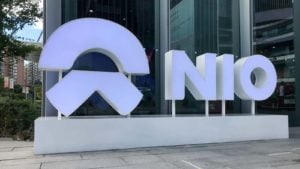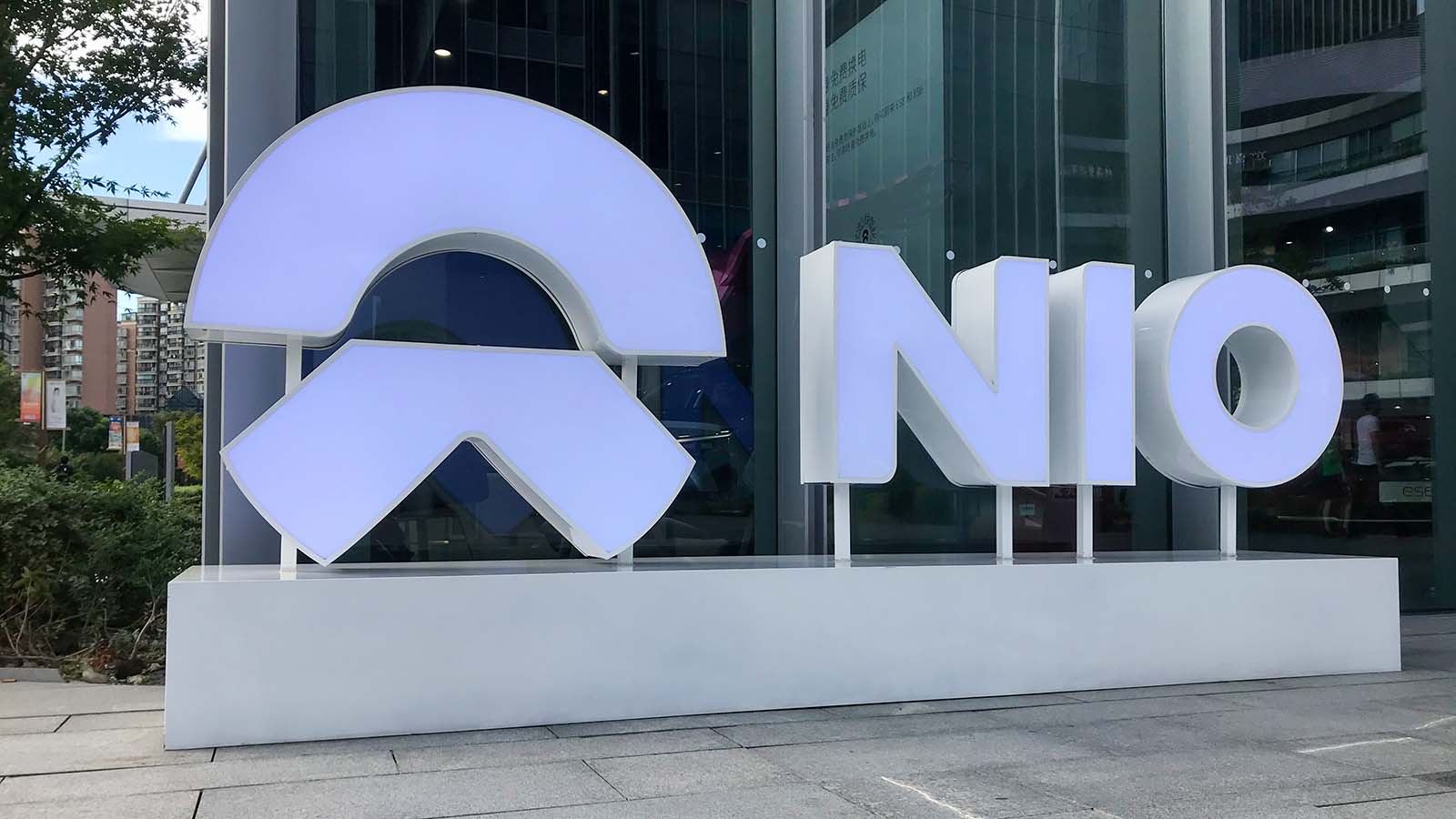The change of year and Administration hasn’t popped the electric vehicle bubble. Nio (NYSE:NIO) stock’s 21% gain since the start of 2021 is proof.

The Chinese government-backed alternative to Tesla (NASDAQ:TSLA) sports a market capitalization of about $90 billion on estimated revenue of under $2.5 billion. With the near 22% year-to-date rise in TSLA stock’s share price giving it a more-than-$800 billion market cap on estimated 2020 revenue of $31 billion, it’s clear that speculators are applying the same metrics to the electric car group.
As I wrote last month, this is tulip territory. Nio should not be worth more than General Motors (NYSE:GM), which has a market cap of $80 billion and a new autonomous driving partner in Microsoft (NASDAQ:MSFT).
The same is true across the electric car space. XPeng (NYSE:XPEV) isn’t worth $38 billion. Li Auto (NASDAQ:LI) isn’t worth $32 billion. American start-ups like Workhorse Group (NASDAQ:WKHS), Lordstown Motors (NASDAQ:RIDE) and Fisker (NYSE:FSR) aren’t worth their respective prices — $2.75 billion and $4.16 billion — either.
It’s time for a reality check.
NIO Stock Needs Battery Reality Check
Electric motors are simple. They’re as old as gasoline engines and have fewer moving parts.
The limits on electrics are batteries and the electric grid. Tesla has great batteries. Nio doesn’t really brag on its batteries. It claims its battery is a service. It’s doing quick swap-outs because current batteries don’t last very long.
Battery technology lags far behind the electric car hype. Investments in new solid-state batteries are being led by traditional car companies, like Ford Motor (NYSE:F), Toyota Motor (NYSE:TM), and BMW (OTCMKTS:BMWYY).
Tesla’s hope of growing into its current market cap is based on last year’s Battery Day announcements, new designs holding more charge and integrated into the vehicle design. China is desperate to match and exceed this, and it dominates the global supply chain.
Even when the batteries work, getting a charge is not yet as simple as going to the gas pump. Plugs remain proprietary, and business models have yet to develop. I’ll believe it’s real when I can charge up any electric car when I pull into my local Buc-ee’s.
When Autonomous Really Isn’t
The excitement over the battery designs of Tesla and Nio also run headlong into the other big auto trend, autonomous operation.
Autonomy and electrification, which seemed to be running together early in the last decade, are now separate. Semi-autonomy is now a feature, presenting a point of comparison between Tesla and companies like XPeng. But full autonomy is not a reality.
Full autonomy might kill the business. Autonomy turns a car into a drone. Right now it’s most useful in warehouses, where vehicles are practically like iRobot’s (NASDAQ:IRBT) Roombas, taking set routes with lots of safety guardrails.
Alphabet’s (NASDAQ:GOOGL) Waymo unit no longer even talks about “self-driving” anymore. The new phrase is “autonomous driving.” A fully autonomous car, like Waymo’s robotic taxis in Phoenix, remain years away from showrooms. Instead, it’s selling its Waymo Driver technology to existing car makers after raising $3.2 billion from venture capitalists and institutions.
Autonomy has become tech’s Holy Grail, and everyone wants a piece of it. Intel (NASDAQ:INTC) wants it. Nvidia (NASDAQ:NVDA) wants it. Apple (NASDAQ:AAPL) wants it. Amazon (NASDAQ:AMZN) needs for it and created a unit called Zoox aimed at delivering it. The only Cloud Czar that’s not in this market is Facebook (NASDAQ:FB).
The Bottom Line
China wants Nio to work. It wants XPeng to work. It wants Li to work.
Electric cars are coming. So are autonomous vehicles. But it’s not going to happen as quickly as investors believe. The shake-out, when it comes, is likely to remove most of today’s start-ups. Apple is the only personal computer maker from the late 1970s that’s still in that business.
If you want to chase Nio, have a hair trigger on the sell button. Tulips are just flowers.
At the time of publication, Dana Blankenhorn owned shares in companies AMZN, NVDA, MSFT, INTC, and AAPL.
Dana Blankenhorn has been a financial and technology journalist since 1978. He is the author of Technology’s Big Bang: Yesterday, Today and Tomorrow with Moore’s Law, available at the Amazon Kindle store. Write him at [email protected], tweet him at @danablankenhorn, or subscribe to his Substack newsletter.
